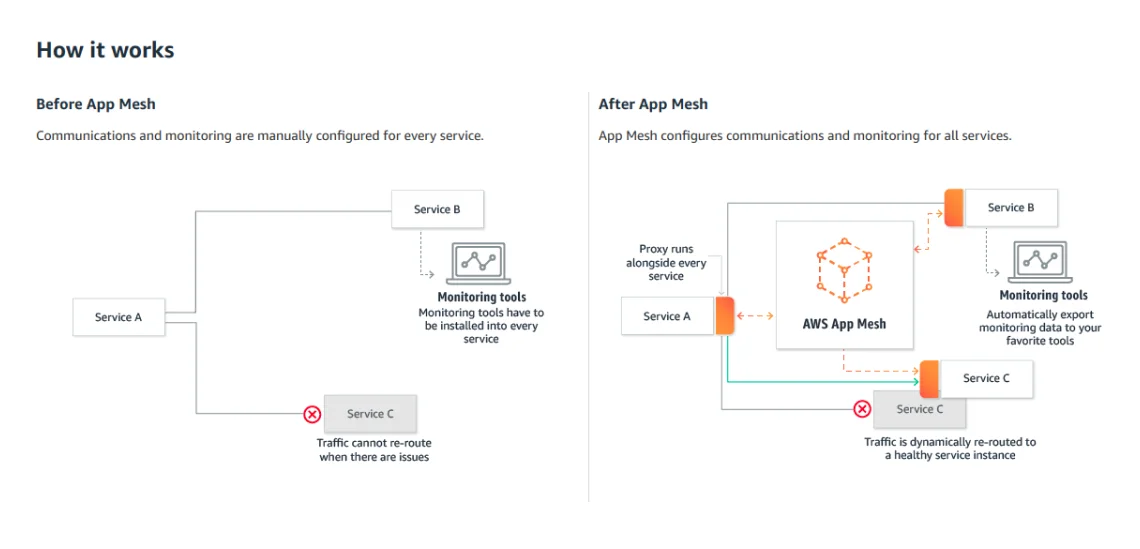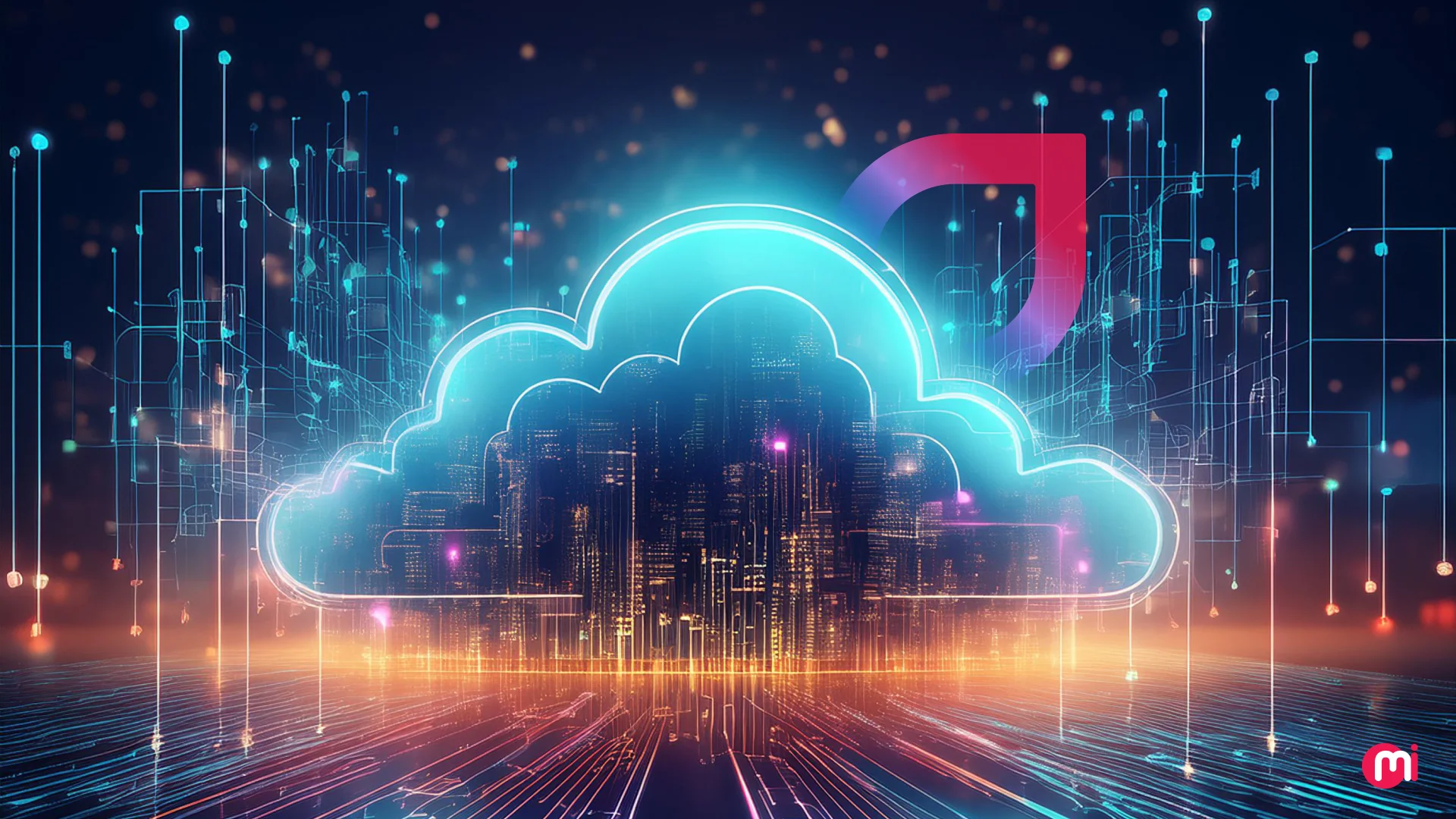Top 13 Cloud Computing Trends to Watch Out in 2025
- DevOps
- November 17, 2024
Cloud computing is one of those dynamic industries that is always on the hotfoot to grow. Because it develops at breakneck speed, keeping track of everything that is changing is not a piece of cake.
However, certain trends are seen as more dominant than and a cut above the rest. These very trends are now being predicted to shape the market and ultimately define the bandwagon in cloud computing.
The technologies they warrant might evolve; the vendors they attract might change. But, these trends will eventually be part of and even catalyze the standardization and acclimatization the tech sector is currently moving into.
The latter has come of age with its infrastructure becoming more and more mobile. Portability of workloads and data streams is the focus right now. According to International Data Corporation (IDC), By 2022, more than 90% of enterprises in the globe will be using hybrid cloud solutions model.
Top Cloud Computing Trends to Watch in 2025
Let us check out which cloud computing trends are ruling in 2025.
1. Omni-Cloud Instead of Multi-Cloud
Using multiple cloud computing services under a heterogeneous architecture is now an old story. As more and more businesses have started migrating to multiple Infrastructure-as-a-Service providers, the following demands arise:
- Application portability
- Easy procurement of compute cycles in real time
- Streamlined connectivity in data integration platforms
- Cross platform alliances by vendors
As a result, multi-cloud is transforming more into omni-cloud with the architecture becoming homogenous. For instance, if a company has a gazillion businesses under its hood, adopting omni-cloud computing services could give it a sharper competitive edge.
This company can directly procure cloud services from hyperscalers and niche providers, thus leveraging the advantages offered by differentiated services, without any vendor lock-in or high switching cost.
2. Serverless Computing
This one is being hailed as an evolutionary part of modern-day cloud computing. It is rising in popularity. However, very few enterprises have implemented it in reality.
Technically, Serverless Computing is not devoid of servers. The applications still run on them. But, the cloud provider is responsible for managing the code execution only.
Likewise, the customer need to pay only when the code runs and never for fixed bandwidth or servers. Its pay-as-you-go format is what makes it a trendsetter.
In a way, Serverless Computing services are capable of auto-scaling in response to demand. Thus, the enterprises implementing it can do away with provisioning and maintenance when the code is being produced.
This is a major improvement in the world of cloud computing, challenging the paradigm of technology innovation and restructuring the infrastructure.
3. Quantum Computing
Technology is always evolving and absolutely futuristic. Needless to say, the performance of computers is also always expected to improve with the passage of time. This is where Quantum Computing comes into play.
Hardware development using superposition, entanglement and similar quantum-mechanical phenomena is the key to robust computers. With the help of Quantum Computing, computers and servers can be built to process information at jet speed.
Let us also remember cloud computing warrants fast network systems that still face backlogs. This is why in the future it will still remain as valid as it is now.
4. Cloud to Edge
We are talking about Edge Computing here.
Cloud computing and centralized data bring in the needs to run physical servers in large numbers. The distributed infrastructure of them has numerous advantages when it come to large-scale data analytics and processing.
However, for enterprises that need to access data or computing powers immediately, Edge Computing is a better option.
Every unit in an Edge Computing paradigm has its own computing, networking, and storage systems. Together, they manage the following functions:
- Network switching
- Load balancing
- Routing
- Security
The integrity of the systems and their operations warrant information processing from varied sources, turning each of them into a focal point of data.
Because it is a computing paradigm that allows computing at or near the data source, response time is quick and bandwidth usage is low. Further, the infrastructure is distributed and more stable.
5. Hi from Enterprise AI
Putting Machine Learning into SaaS, analytics, IT operations, and Business Intelligence products is the newest trend. Besides the advantages of using Artificial Intelligence, cloud providers are also willing to capitalize on the popularity of the term.
This is why in 2020, you will find enterprise AI being increasingly incorporated into chatbots, inference engines, and whatever involves predictive analytics.
Also, the AI applications would not just be consumer-facing. In fact, enterprises seem to be planning some kind of 360-degree strategy where the technology can be implemented across the entire organization.
6. Digital Natives
We are discussing the workforce here that increasingly becoming digitized. These people are already literate when it comes to the cloud, its applications and benefits. Their way of thinking and communicating is different. They are the ones who would ditch emails and ‘WhatsApp’ instead.
Now here is the challenge: the older generation of workers might need reverse monitoring, training, and guidance when it comes to these modern means of communication.
To that end, businesses might need to bridge the gap between rapidly evolving technology and the Cloud Computing they have implemented so the two workgroups with stark contrasts can work together.
7. Containerization
When it comes to managing and moving software code, containers come in handy. Containerization is something that has remained a trend in Cloud Computing over the years and has not changed a bit.
Businesses use and upgrade the same to simplify portability between Cloud services from Microsoft Azure, AWS, and Google Cloud. This ensures quicker production of software using DevOps strategies.
According to Forrester, one in every three organizations tests containers for production. Also, according to 451 Research, the Container market will grow at an annual rate of 40% and reach $2.7 in 2020. Additionally, Cloud Foundry says 53% of organizations will use or at least investigate using containers in development.
8. Mobile Cloud Computing
Mobile Cloud Computing (MCC) is all about building, hosting, and operating mobile applications via Cloud Computing. This is a very nascent innovation that has hit the market due to the rising popularity of mobile users worldwide.
MCC combines the following to drive rich mobile computational resources to users across varied devices:
- Mobile Computing
- Cloud Computing
- Wireless Network
The idea is to deliver rich UX. However, MCC comes with safety concerns especially regarding data loss. This is why enterprises adopting it must ensure all precautions are taken to prevent the same.
The mobile cloud otherwise saves effort and time. It works together with the common cloud to bring down maintenance costs, tighten security, and improve privacy.
9. Vendor Consolidation
The companies that want to minimize or do away with disparate solutions and concentrate on vendors that satiate different needs and lower the need for tool sprawl would be on a rise in 2020.
Needless to say, Vendor Consolidation is the in thing. With the help of the cloud, companies would focus on reducing their vendor base on boil down to few select partners – the ones they can completely trust and the ones that would eventually help them lower the costs of inventory and supply chain.
10. Private Cloud
Yes, the private cloud is back!
Due to the rapid adoption of cloud computing for business, this trend is going to stay for a long while. Further, with solutions such as Containers that promote the portability of applications and simplify how on-prem workloads are moved, its comeback is going to be more than welcomed.
11. Kubernetes
Cloud computing enthusiasts would know this is one of the most popular open-source platforms used to orchestrate containers. According to survey by Redmonk, Kubernetes is running in some form or the other at 54% in Fortune 100 companies. The popularity is so much that it is now sort of a norm for container orchestration.
Now, companies pick their Kubernetes platform according to their unique requirements. So, it could be a solution that is recommended in combination with Red Hat OpenShift model, Microsoft AKS, Google GKE, and AWS EKS.
Kubernetes is the Cloud Computing trend in 2020 because container orchestration using it can benefit application extension across disparate systems and complement the multi-cloud infrastructure.
Read also: Why Enterprises Are Adopting Kubernetes?
12. Service Mesh
Cloud platforms can be extremely complex. This is why is it necessary that every platform enables a communication environment that is fast and secure.

A service mesh allows users to have discrete layers for service-to-service communication. This is turn ensures the platform is dynamic and safe. This makes it a crucial component in cloud platforms. It comes in handy as the cloud ecosystem grows and warrants various changes.
13. Security Acquisitions
Platform-native security tools are the need of the hour. Organizations adopting the cloud want them instead of third-party tools. Providers, who cannot build in-house tools, would now need to purchase them. Thus, cloud security acquisitions are likely to rise.
Also, because security of cloud platforms is very complex and there would always be one gap to fill or the other, this is one trend that would linger for a long time. To that end, 2021 in cloud computing is likely to be brimming with mergers and acquisitions.

To Conclude…
The cloud has dramatically changed the way Information Technology functions. With the latest trends, higher scalability is now possible. There also are pay-as-you-go models that save time and money. Currently, the future for cloud computing seems bright and dynamic.
Expect a lot of adoptions as newer and better features come up.













